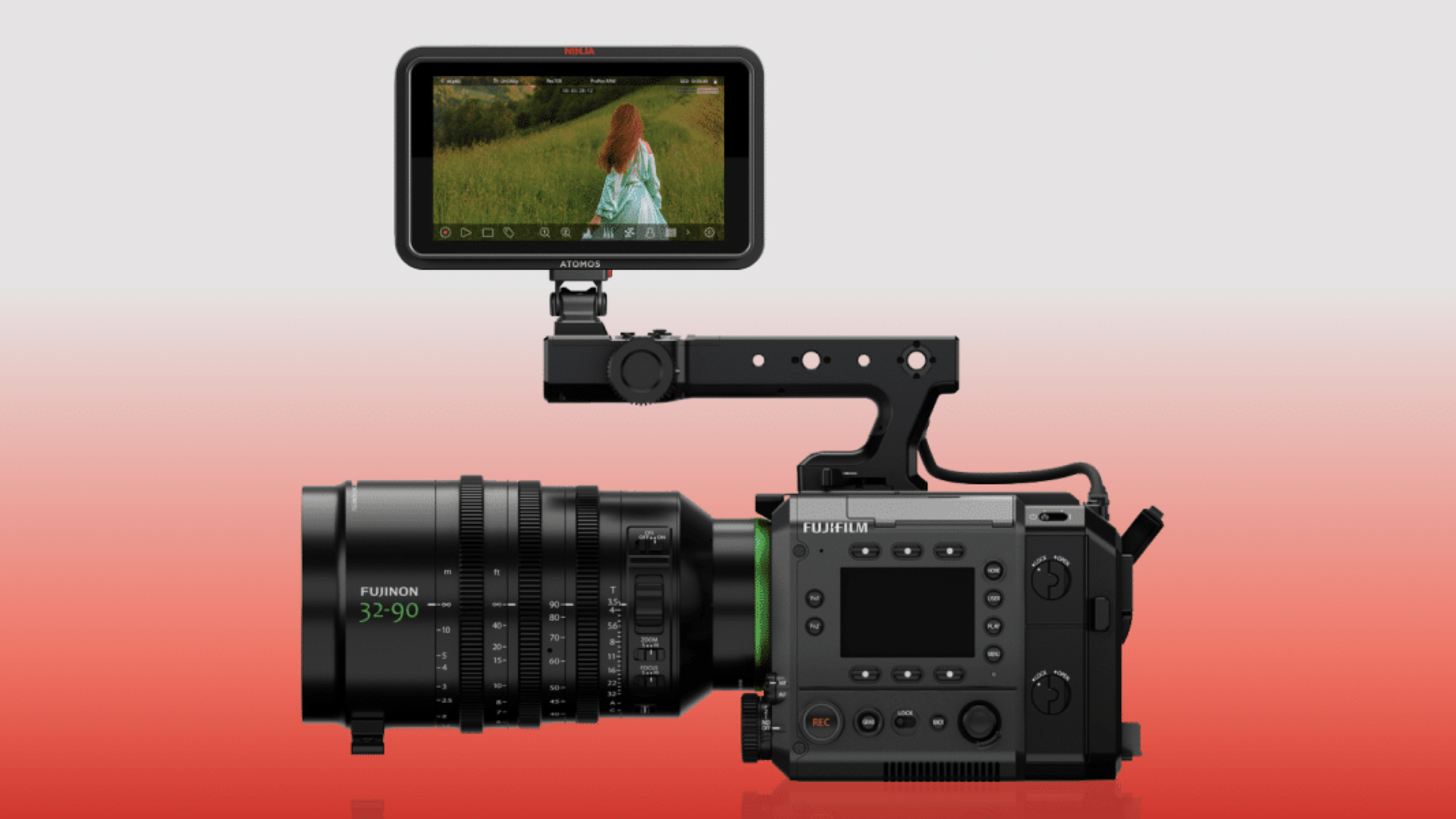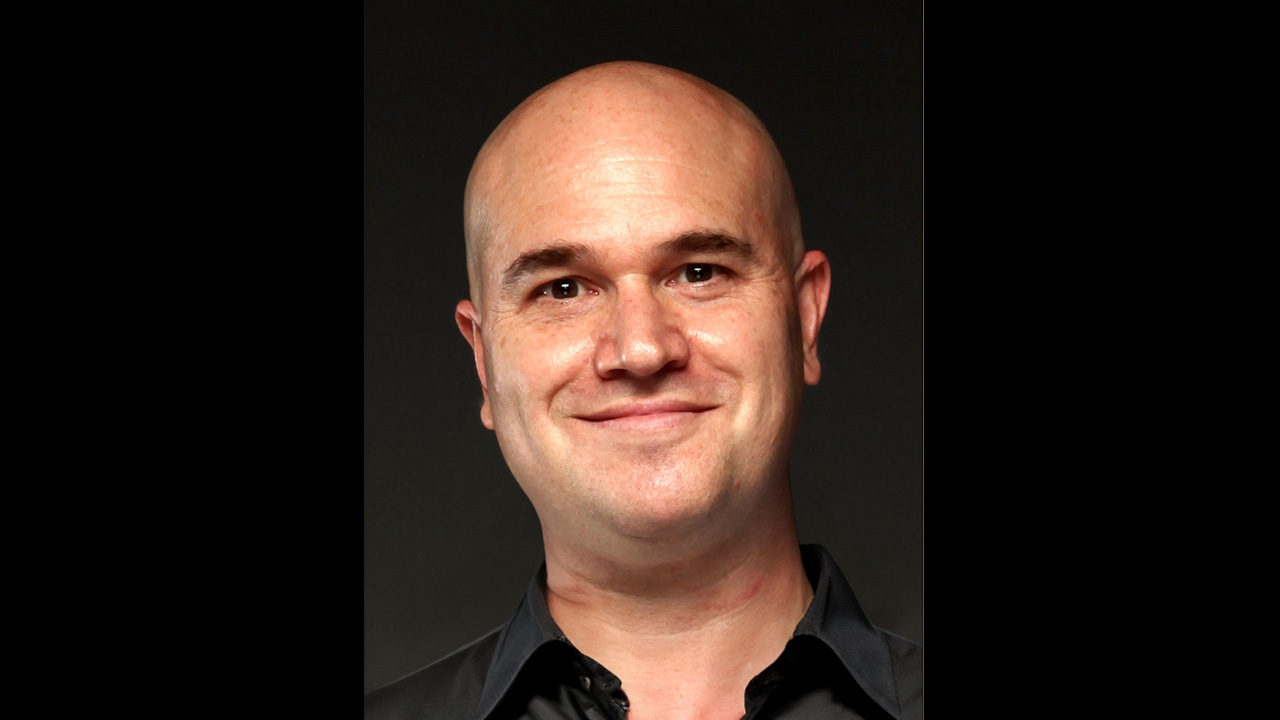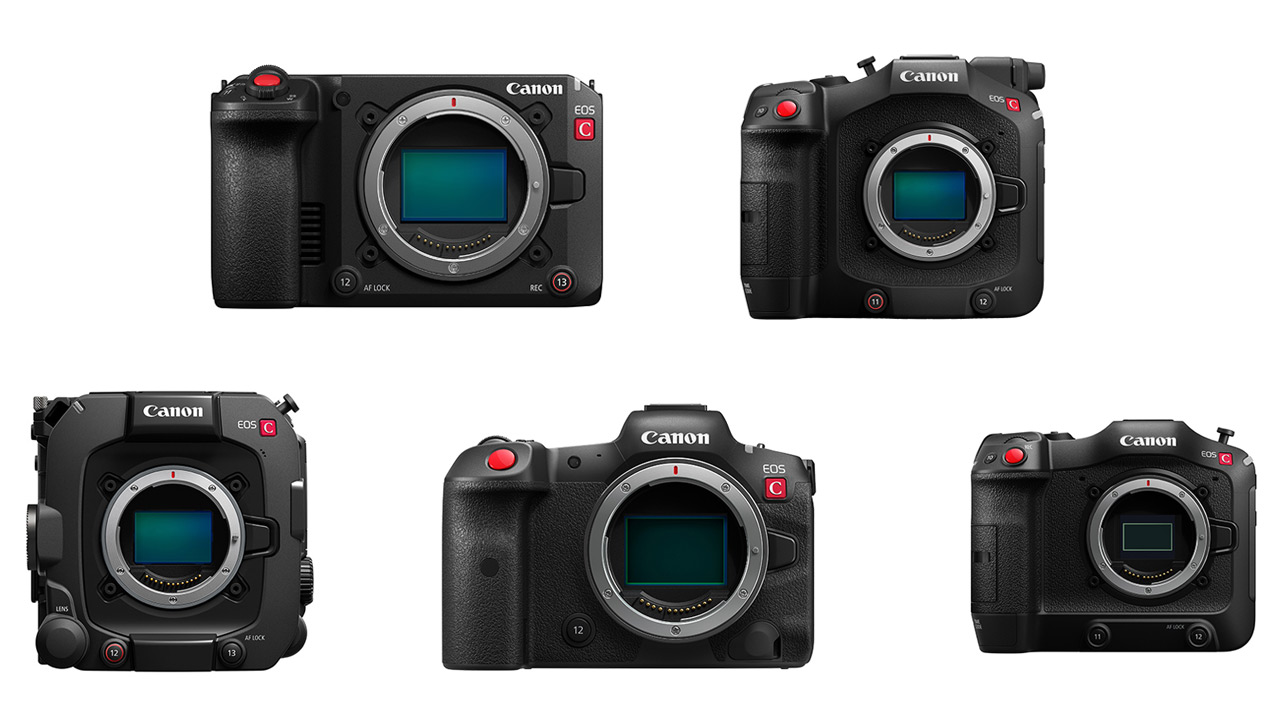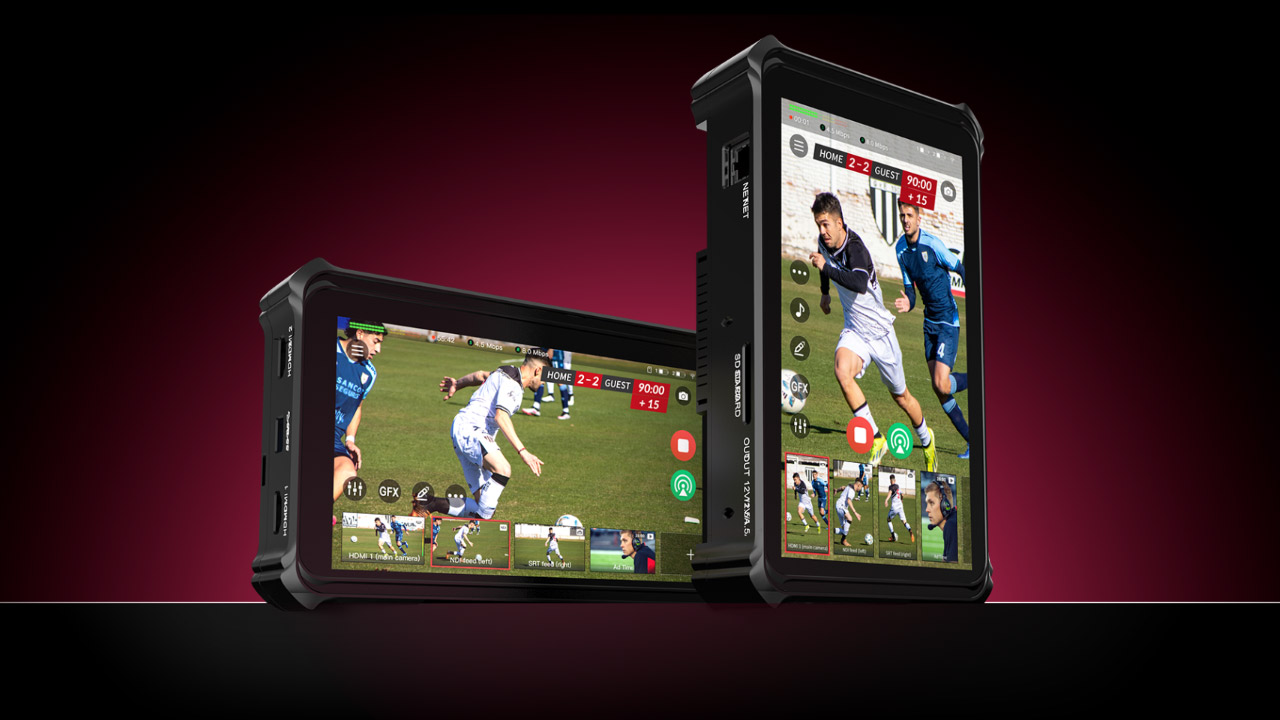An Interview with Paul Scurrell, Senior Vice President of Atomos

Atomos Senior Vice President Paul Scurrell
- “ATOMOS Cloud Studio” Born from the Migration Strategy to the Cloud
- ATOMOS Cloud Studio as gateway
- Long-term strategy for ATOMOS Cloud Studio
At NAB2022, ATOMOS surprised us by announcing “ATOMOS Cloud Studio.” We asked Paul Scurrell, senior vice president of Atomos, why the company, known for its monitoring recorders, is moving to the cloud in their business strategy.
“ATOMOS Cloud Studio” Born from the Migration Strategy to the Cloud
ATOMOS is a company famous for its monitor recorders, but at NAB2022, you surprised us by announcing Atomos Cloud Studio. Why did you start this service?
Mr. Paul:
Atomos has historically been known as a monitor and monitor-recorder company, so this was a very important strategic decision. It was only a couple of years ago that we decided to accelerate our cloud migration strategy as more and more cloud-based workflows emerged. We then embarked on a new product strategy that would allow us to build connected workflows on top of all the technology building blocks we already had.
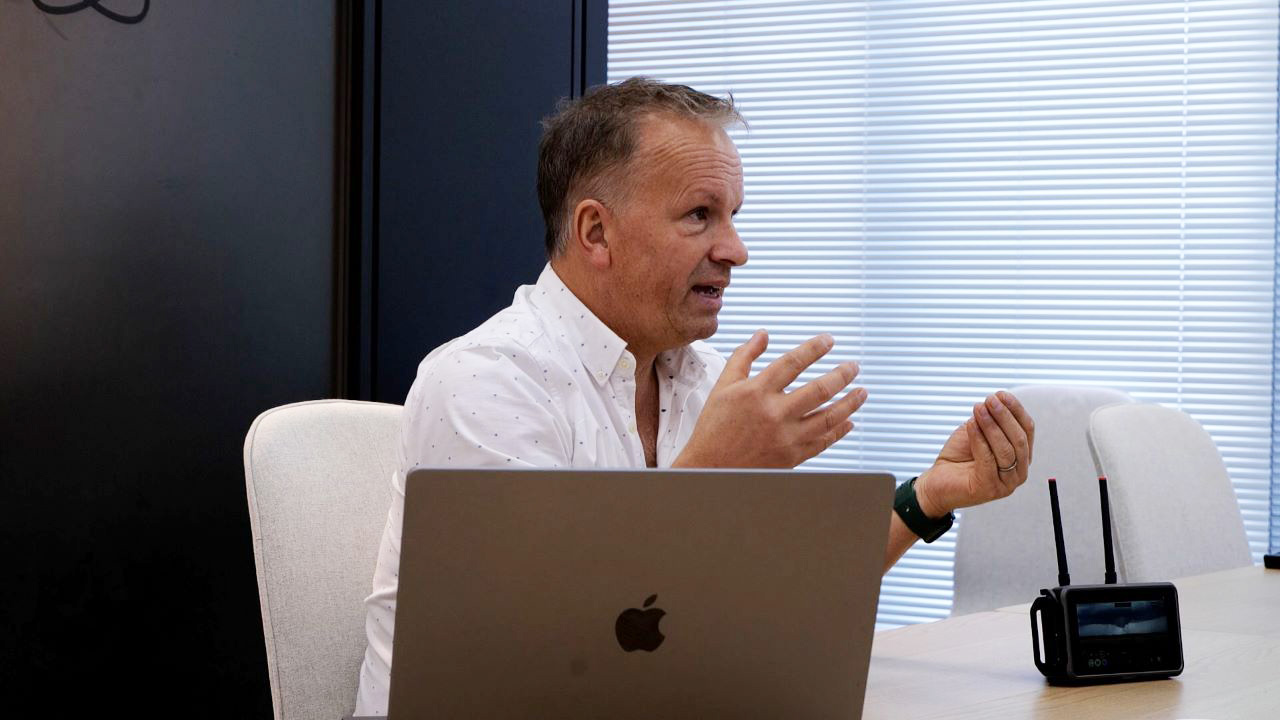
We have developed 3 new products as connected products, starting with a fully integrated product, we have developed a completely new SHOGUN CONNECT product, a 7-inch 2000-nit screen based on the SHOGUN series. This is the next generation SHOGUN and the best SHOGUN ever.
We developed all the existing technology. A super-stunning screen HD monitoring, SHOGUN has all the tools creators need to use their cameras effectively. Equipped with SDI input and HDMI input.
On top of that, we are building the best network and connectivity. It also incorporates the latest Wi-Fi 6E chipset for Wi-Fi internet connectivity and Gigabit Ethernet for wired Ethernet connectivity. It also includes a wireless synchronization technology we call “AirGlu” developed by the TimeCode Systems division. In this way, we have built a technology that incorporates all the wireless technology and connects to the Internet on top of an existing product.

This is very exciting because we can now connect our new products to our new cloud services. First of all, I started with SHOGUN CONNECT. It was a fully integrated product. After that, we wanted to make it possible for customers with 5-inch screen NINJA products to be able to connect in the same way.
Module that can be connected to ATOMOS CLOUD STUDIO
Mr. Paul:
One priority we had was that we wanted to be able to upgrade to the new workflow, so I made a module. It’s a module that clips onto the back of the NINJA V or NINJA V+ and has all the same features as the all-in-one SHOGUN product, including the exact same Wi-Fi 6E chipset, Gigabit Ethernet, and AirGlu timecode sync.
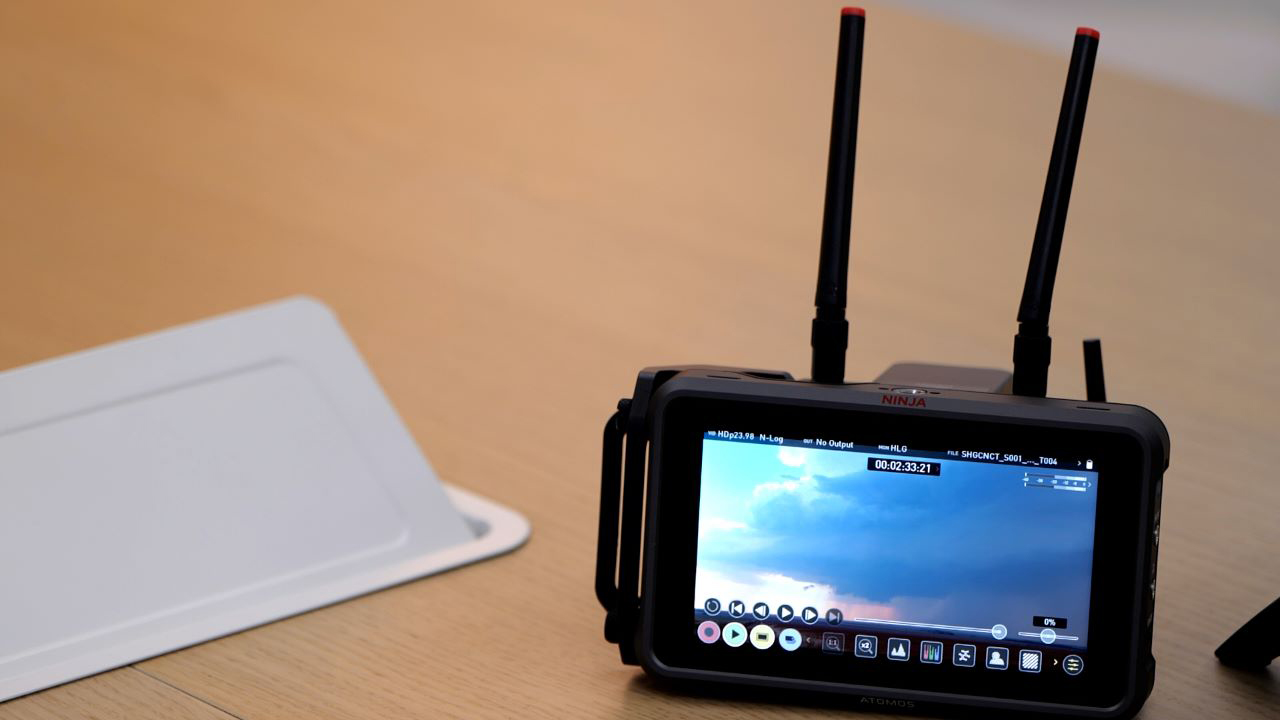
There is also a product called ZATO CONNECT, but this one is a little different. This one allows you to connect with Wi-Fi 5 connection and Gigabit Ethernet with an adapter. It also has the same 5-inch screen as NINJA V, an HD screen. As such, there are many similarities between the three products. All of this will be connected to a new service called ATOMOS Cloud Studio. The advantage of having a cloud studio as your gateway is that you can take full advantage of your hardware, power the cloud, and connect to other services.
This way, by ensuring the best connectivity, you can connect to the cloud in the most reliable way. Looking at the ATOMOS Cloud Studio slides, you can see that Cloud Studio is the gateway and the hub for all your devices. ZATO CONNECT, NINJA with ATOMOS CONNECT module, or SHOGUN CONNECT.

It could come in as a video or audio source that connects to the ATOMOS Cloud Studio. And you can route it to various services. At NAB 2022, as an Adobe partner, we are announcing a large-scale service called Adobe Camera to Cloud (powered by Frame.io). It’s the leading collaboration platform, and we’re currently participating as a certified partner.
This device can send files from hundreds of different HDMI or SDI cameras to ATOMOS Cloud Studio and route them to your cloud workflow with Frame.io and its cameras. It’s a very powerful way to quickly ingest media, instantly collaborate and comment. With SHOGUN CONNECT and NINJA, it is also possible to record both high-quality hero files and low-quality proxy files to SSD, and send the proxy files to Frame.io Camera to Cloud frames, which is a very powerful workflow.
The advantage of this method is that it is almost triple redundant. It means that there is something recorded in three places. I have two files recorded to an ATOMOS device and one device stored in the cloud using Adobe Camera to Cloud. As such, it’s a very powerful way of getting clips into the cloud very quickly with our hardware. This method was announced at NAB 2022, but as you can see on the next slide, the move to Camera to Cloud is becoming an increasingly effective workflow, driving demand for our product. increase. People are adopting it now. And from the first time I got it, I started using it immediately. Anyone in the world can edit and collaborate as soon as the clip is recorded, saving time and money, and editing and collaborating while the shoot continues.
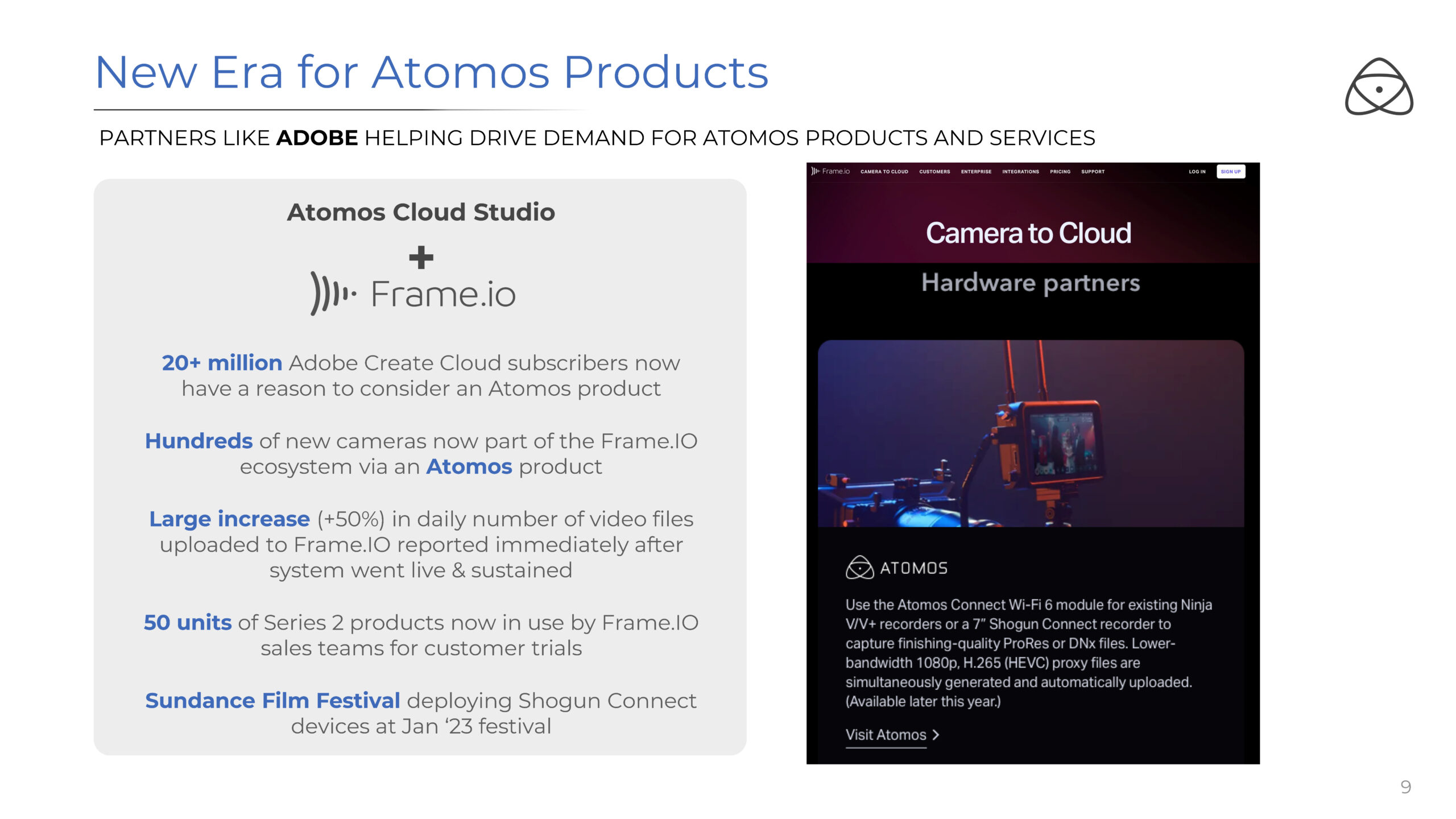
It is therefore very cost-effective, saves time, and has recorded strong growth. If you look at the Camera to Cloud numbers, it’s a double-digit monthly growth rate. It’s also very interesting to see that the same people are using more assets and more projects month after month. So it’s not like someone tried it and it didn’t work.
They tried it and thought it was a game changer. So now I’m using it more and more. This is accelerating very fast. This is Camera to Cloud. This was the driving force behind the initial launch of ATOMOS Cloud Studio.
Next, link the Cloud to live production environments
Mr. Paul:
The next big workflow change, a big step change, is linking Cloud Studio to your live production environment.
So you’re using the same hardware, the same cameras, and the same connectivity. A very expensive heavy truck for external broadcasting of sports, music, etc. has vision mixers, sound mixers, graphic overlays, intercoms, talkback, on-air tallies, etc., all of which are available on Mavis broadcast. We are embedding it in the cloud with our partners.
We have a very close partnership with Mavis to create an ATOMOS version of Live Production for our users, which will be released in March 2023. Not only ATOMOS CONNECT for NINJA and SHOGUN CONNECT, but also smartphones can be used, so it seems to be a game changer.
The iPhone has an app called ATOMOS Pro Camera, which will also be part of Live Production. Therefore, the shooting site and the user can select the video source sent from iPhone, NINJA, SHOGUN. And graphics, stills, motion graphics, vision mixing, audio mixing, tally, talkback, and more for everyone on set.
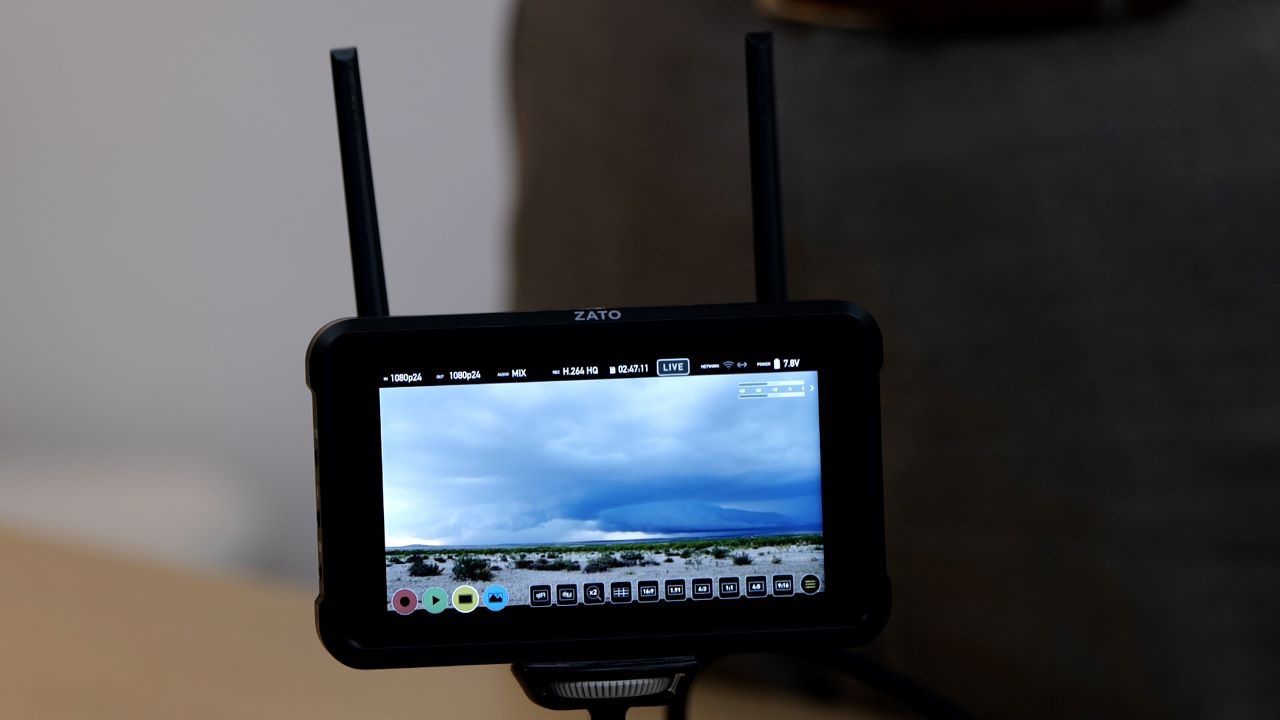
Scalable cloud
Mr. Paul:
The Cloud is very powerful. Scalability is why we adopted the cloud. So one day you may suddenly find yourself working in a production that doesn’t require that much complexity. For example, in a demonstration for uploading to YouTube, one person switches and operates four cameras.
Or maybe the next day is a sporting event, you need multiple photographers, and you need a talkback so you can hear the director. I need to check with the camera when the production will come. All of these features can be performed live, or overlaid with live graphics, the next day. Then, the next day, you can go back to something simpler.
As such, the live production solution is highly scalable. Looking at the Cloud Studio use cases, it can be used in all kinds of events. Social events, sporting events, schools and colleges, professional, educational and corporate jobs.
In other words, corporate work can be anything as long as it is related to internal and external communication. For example, a chapel. This could be a very good use case for this kind of technology. This is another good use for this kind of show, this kind of technology.
And the other is that it can handle any big performance. Whether it’s a musical performance, a play or an actor’s performance, you can mix multiple cameras, mix overlays, graphics and sound and stream to YouTube, Facebook Live or wherever you want. In this way, our technology is being used very powerfully.
ATOMOS Cloud Studio as gateway
――Are Atomos Cloud Studio and Live Production separate services?
Mr. Paul:
I find it easier to see everything as one big hub. ATOMOS Cloud Studio is a gateway to many different services, each of which can be very different. In other words, if we go back to the concept of converting services to the cloud, I think it’s a completely different service.
In addition, you can also have a separate service for Live Production and a file sharing type service like Dropbox to share files in one destination. All of these services are independent, but tie them all together in a tiered subscription plan starting in March.

Free version and paid plan with high cost performance
Mr. Paul:
Atomos Cloud Studio is currently in beta. We want everyone to see the power of the cloud, so we’re making it free for everyone. And when developing the service, I wanted to see it without any cost. The subscription model we have developed is a really exciting system where you can start completely free of charge.
Social streaming is possible even in the free version, and distribution to YouTube is also possible. You can also connect to Facebook Live, Twitch and Camera to Cloud. That is Adobe Camera to Cloud (powered by Frame.io). You can also connect for free. That’s why we’ve made all the early features of the beta available for free so that you can continue to use them.
But we have added a very low cost and cost effective subscription point. You can get more by using this. The next tier is $5/month for a year, which is very cost effective and also allows you to experience the new Camera to Cloud features.
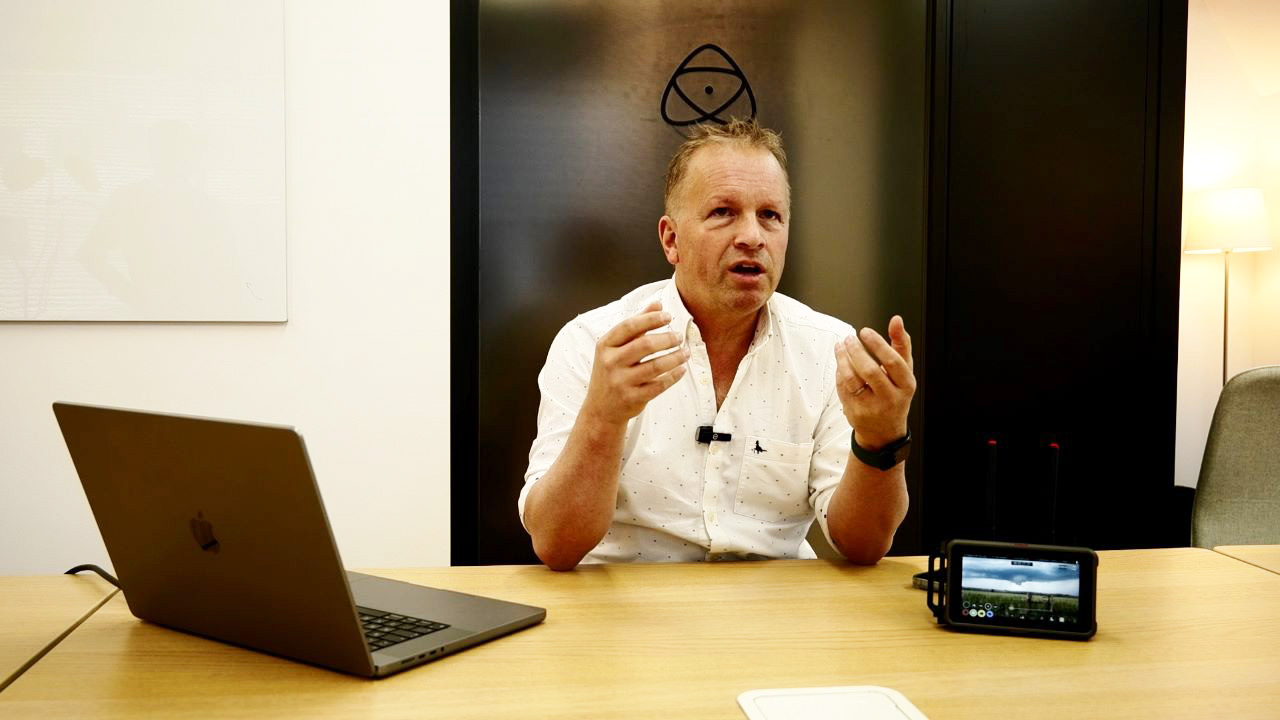
The Adobe Camera to Cloud workflow has a completely new feature, unique to ATOMOS, called Progressive Upload. Progressive uploads are available on the first paid $5 plan. Progressive upload is exciting because you don’t have to wait for the recording to stop before the file is sent to Frame.io.
So the file is already sent to Atomos Cloud Studio while you are actually recording. And by the time the recording is finished, the final section of the file is ready and sent to Frame.io Camera to Cloud very quickly. Then you can record. In other words, even if you record a 35-minute or 40-minute gigafile, for example, if you press the stop button, the entire file will be transferred to Frame.io in a few minutes, and you will be able to edit it on the timeline.
The Progressive Upload feature is a very exciting new feature coming to this first plan. Additionally, the $5 plan allows you to step up the proxy quality by one step. So instead of having a fixed proxy quality, you can choose between two different proxy qualities.
If your workflow requires a higher quality proxy, you don’t need immediacy, you don’t need a hero file, you just need a higher quality H.265 file. In that case, you can move to a higher bitrate with the following settings: The free plan is 720P, but it is also possible to set it to 1080P.
So the higher the plan, the more features you get. This means you will be able to log in to more devices. The next ranks are $25, $50 and $100. There are various benefits such as being able to register multiple devices each time the rank goes up. The ATOMOS Pro Camera app I mentioned earlier is available for free and allows you to have multiple units for use in your show and even set different quality levels for your proxies.
Therefore, custom proxy settings are also possible, allowing you to specify how H.265 is set up independently. to fit your workflow. Another great thing is that as you rank up, you get credits. That means you get credits that you can use for your Live Production.
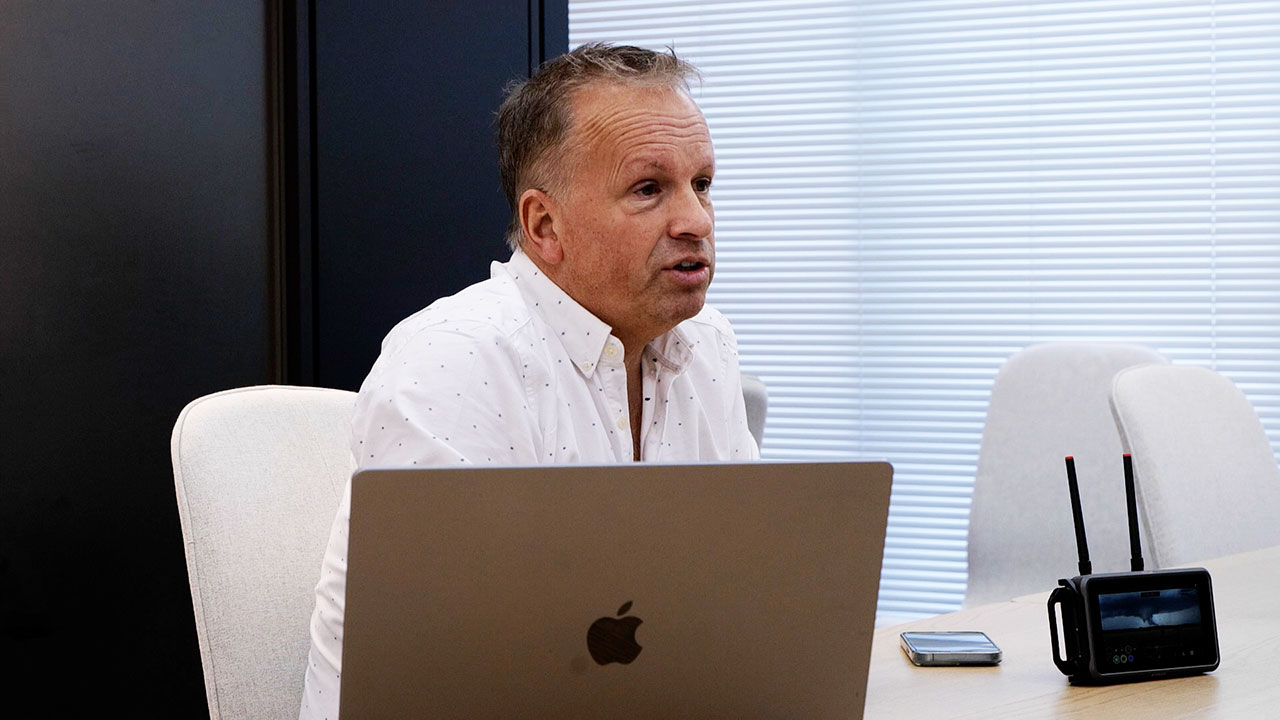
If you imagine live production, there are different levels of live production. Some days it might be a simple show and just need a quick switch. The next day you may need graphics, talkbacks, and income. Different types of shows use different amounts of credits. Now that credit is included in the tier too.
The higher the number of subscriptions, the more credits are included. One way to look at it is to have a SIM card with a fixed amount of data that can be used per month, like smartphone data, and pay a fixed monthly amount to bundle the data, or reduce the monthly payment. Or I think it’s either.
If you need more, buy a bolt-on just like a SIM card. You can purchase additional data when you need it. It works the same. Once you have a certain monthly amount of credits, you can purchase more boost credits. For example, if you’re doing a more complex show and you know it’s going to be airing for an hour a day for the next month, you can buy additional Boost Credits to fund your show.
Being able to scale up and down as the whole system works is a very good thing. So there are different levels of tiers, and then different levels of live production, and they all work together. It looks complicated, but in practice it’s actually quite simple.
Also, it is difficult to think in terms of “how much data and time do you have?”, so we have a simple structure. The term credits are very simple and give you a very good idea of how much you spend per hour on certain shows. I’m looking forward to the service start in March.
Long-term strategy for ATOMOS Cloud Studio
――How will Atomos cloud services evolve in the future?
Mr. Paul:
Cloud Studio has a long-term strategy for our customers. One of the benefits we’ve talked about is extending the Atomos Cloud Studio. As for ATOMOS, I think we need to think about cloud services, for example, from a very neutral standpoint, just like camera vendors do.
We aim to be a gateway for various services. What’s valuable to us is the ability to connect hardware and the cloud, as well as various services. Because adding new services from the cloud is always a lot easier than adding them from your device.
NAB in 2023 will focus on the full-scale launch of subscription services, and we want you to fully understand what it entails. The service also has great features and a cost-effective price range. We also plan to cover camera-to-cloud integration in more detail. We also cover live production in more detail.
We have other plans and integrations for the ATOMOS Cloud Studio in late 2023 and 2024. I can’t really say what it is right now, but I’m thinking about it. The strategy is to create a very comprehensive system. As such, the new integrations coming in the coming months are truly complementary to what we have.
What we’re looking forward to in the next phase, which is a year from now, is that the services that these devices can connect to will be much richer. I am very confident in that.
I think the good news will continue, and I think there will be news of new integrations. We are very excited to announce our new cloud subscription and Live Production to the general public.

――Finally, do you have a message for Japanese users?
Mr. Paul:
My final message is to come and see ATOMOS at NAB2023 in Vegas. Many exhibitions will be heldthroughout the year. Please come and see for yourself. Also, for those who can’t make it to the events, we hope that you will be able to watch the video and reports of the exhibition online and be excited about the new benefits that you can get by using new services and ATOMOS products like we do. increase.


